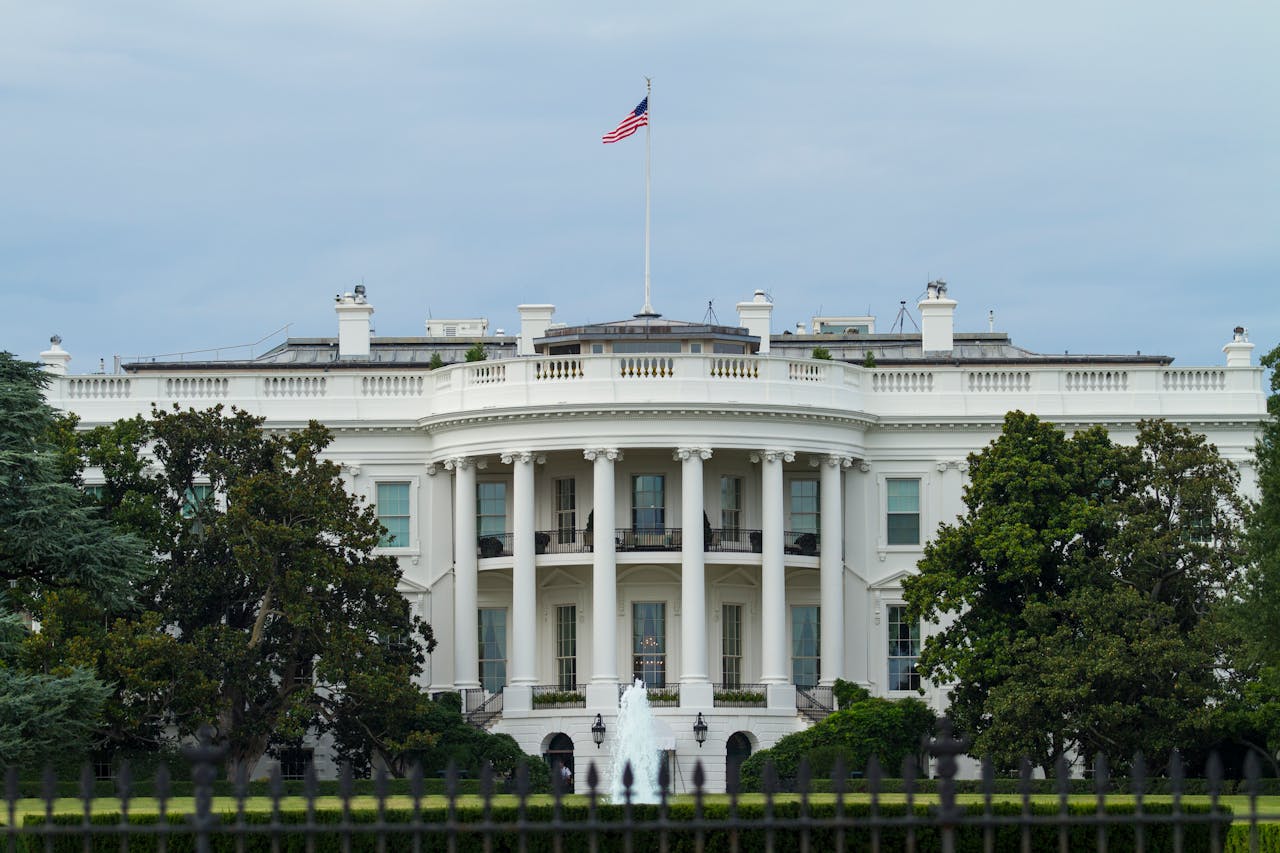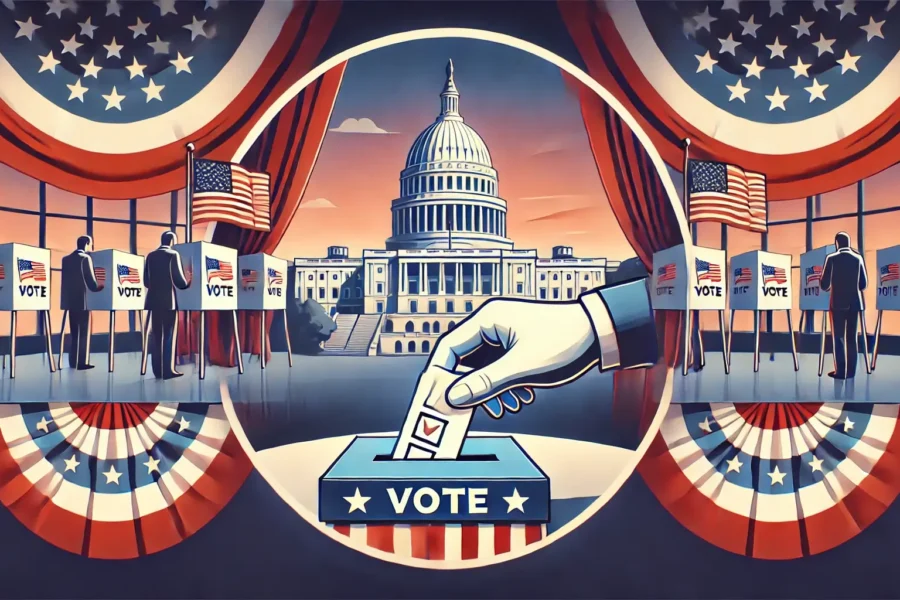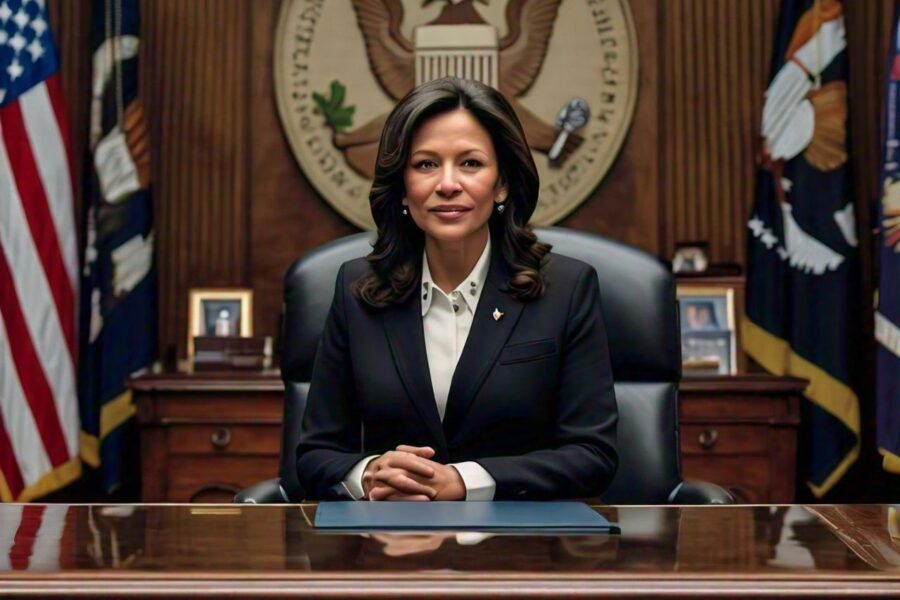Understanding American politics is essential for grasping how the nation functions. This article explores the history, structure, and current dynamics of American politics. From the founding of the nation to modern challenges, we will break down complex concepts into easy-to-understand language and active voice.
The Historical Context of American Politics
Colonial Foundations
American politics began with the establishment of the thirteen colonies. These colonies were a mix of different cultures and ideas about government. Many settlers sought freedom from oppressive rule in Europe. They believed in the principles of democracy and representation. This belief in self-governance laid the groundwork for American political systems.
The American Revolution
Tension between the colonies and Britain grew over issues like taxation without representation. This unrest led to the American Revolution, which lasted from 1775 to 1783. Colonists fought for independence and the right to govern themselves. The Declaration of Independence, written in 1776 by Thomas Jefferson, proclaimed the colonies’ desire for freedom and equality. This document is a crucial part of American history and politics.
The Constitutional Convention
After the Revolution, leaders realized the Articles of Confederation were too weak. In 1787, they convened the Constitutional Convention in Philadelphia to create a new framework for government. The result was the United States Constitution, which established a strong federal government while balancing power between the states and the central authority. This Constitution remains the backbone of American political life.
The Bill of Rights
To protect individual freedoms, the Bill of Rights was added to the Constitution in 1791. These first ten amendments guarantee fundamental rights, such as freedom of speech, religion, and assembly. This commitment to personal liberties shapes American politics and influences the nation’s laws.
The Structure of the American Government
The Three Branches of Government
The United States government has three branches, each with distinct powers and responsibilities.
The Executive Branch
The executive branch is led by the President, who serves as both the head of state and the Commander-in-Chief of the armed forces. The President’s job is to enforce laws, conduct foreign policy, and manage the federal administration. The Cabinet, made up of advisors and heads of federal agencies, helps the President execute these duties.
The Legislative Branch
The legislative branch, known as Congress, is responsible for making laws. Congress is divided into two parts: the Senate and the House of Representatives. The Senate has 100 members, two from each state, serving six-year terms. The House has 435 representatives, with members serving two-year terms. Together, they create legislation that affects the entire country.
The Judicial Branch
The judicial branch interprets laws and ensures they align with the Constitution. The Supreme Court is the highest court, with justices appointed for life. The Court’s decisions set important legal precedents. Lower federal courts and state courts also play essential roles in the judicial system.
Federalism: The Division of Power
Federalism is a key feature of American governance. It divides power between the national and state governments. The Constitution outlines specific powers for the federal government, such as regulating interstate commerce and conducting foreign relations. States retain powers not specifically granted to the federal government. This balance allows for local governance and reflects the diverse needs of different regions.
Political Parties in America
The Evolution of Political Parties
Political parties have played a crucial role in shaping American politics since the early days of the republic. The first political factions were the Federalists, who favored a strong central government, and the Democratic-Republicans, who supported states’ rights. Over time, these factions evolved into more organized political parties.
Major Political Parties
Today, two major parties dominate the political landscape: the Democratic Party and the Republican Party.
- Democratic Party: Founded in the early 19th century, the Democratic Party generally supports progressive policies, social justice, and a more active government role in the economy.
- Republican Party: Established in the 1850s, the Republican Party traditionally advocates for limited government, individual freedoms, and free-market principles.
Third Parties and Independents
While the two-party system prevails, third parties like the Libertarian Party and the Green Party occasionally influence elections. Additionally, many voters identify as independents, reflecting a desire for alternatives to the mainstream political parties.
Elections and Voting
The Electoral Process
Elections in the United States occur at federal, state, and local levels. The presidential election takes place every four years. Candidates are nominated by their parties through primaries and caucuses, where party members vote for their preferred candidate.
Voter Registration and Participation
Voter registration is crucial for participating in elections. Each state has its own process, and some states allow same-day registration. Voter turnout can vary based on factors like demographics, key issues, and the competitiveness of elections. Efforts to increase participation include outreach campaigns and expanding early voting options.
The Importance of Swing States
In presidential elections, swing states hold significant importance. These states do not consistently vote for one party, making them critical targets for candidates. Campaign strategies often focus on swing states, where candidates tailor their messages to appeal to undecided voters.
The Role of Interest Groups and Lobbying
Understanding Interest Groups
Interest groups are organizations that seek to influence public policy on specific issues. They represent various perspectives and engage in activities to advocate for their causes. Examples include environmental groups, business associations, and labor unions.
The Influence of Lobbyists
Lobbyists are individuals or organizations hired to advocate on behalf of interest groups. They work to persuade lawmakers and government officials to support legislation that aligns with their interests. Lobbying is a legal practice in the United States, with regulations to ensure transparency.
Case Studies of Successful Lobbying Efforts
Numerous examples illustrate the power of lobbying in American politics. For instance, the National Rifle Association (NRA) has significantly influenced gun legislation. Environmental groups have successfully pushed for policies addressing climate change. These case studies demonstrate how interest groups shape public policy.
The Media’s Influence on American Politics
The Role of Traditional Media
Traditional media, including newspapers and television networks, has played a crucial role in informing the public about political issues. Investigative journalism uncovers scandals, holds politicians accountable, and shapes public opinion.
The Rise of Digital Media in American Politics
The rise of the internet and social media has transformed American politics. Digital platforms enable rapid information sharing, allowing citizens to engage with political content more easily. However, this shift also leads to challenges, including the spread of misinformation.
Fake News and Misinformation
Misinformation is a significant concern in modern American politics. The 2016 presidential election highlighted the impact of misleading information on public perceptions. Efforts to combat misinformation include fact-checking initiatives and media literacy programs.
Current Challenges in American Politics
Partisan Polarization
Partisan polarization has intensified in recent years. This division creates gridlock in Congress and increases hostility between political factions. It affects not only policymaking but also social interactions, as people increasingly identify with their political parties.
Campaign Finance and Money in Politics
The role of money in politics is a contentious issue. Supreme Court decisions, such as Citizens United v. FEC, have allowed unlimited campaign spending by corporations and individuals. Critics argue that this undermines democracy, giving wealthy donors disproportionate influence over political candidates.
Social Issues and Civil Rights
Social issues, including race, gender, and LGBTQ+ rights, continue to shape American politics. Movements advocating for civil rights and social justice have gained momentum, influencing public opinion and policy decisions. The ongoing debates around these issues reflect the complexities of American society.
Looking Ahead: The Future of American Politics
Emerging Trends
The political landscape is constantly evolving. Emerging trends include a growing focus on environmental issues, increased attention to social justice, and the impact of technology on communication and campaigning. These trends will shape future political discourse and policy.
The Impact of Technology
Technology continues to transform American politics. From social media campaigns to data-driven strategies, candidates and parties leverage technology to engage voters. The digital age presents both opportunities and challenges for democratic participation.
The Role of Younger Generations
Younger generations play a vital role in shaping the future of American politics. With growing political engagement and activism, they advocate for issues such as climate change, education reform, and social justice. As these generations become more involved in the political process, their perspectives will significantly influence the direction of the nation.
Conclusion
American politics is a rich and complex tapestry woven from historical events, cultural influences, and evolving ideas about governance. Understanding how American politics works is essential for active participation in democracy. By grasping the historical context, the structure of government, and current challenges, citizens can engage more effectively in the political process. As the nation moves forward, the interplay of tradition and innovation will continue to shape American politics for generations to come.
Learn About Kamala Harris



